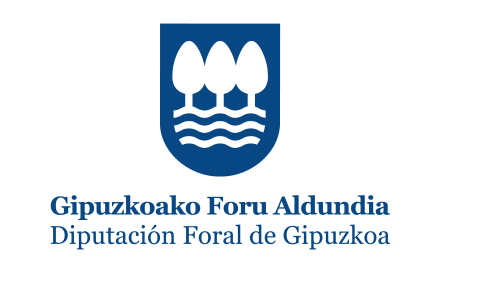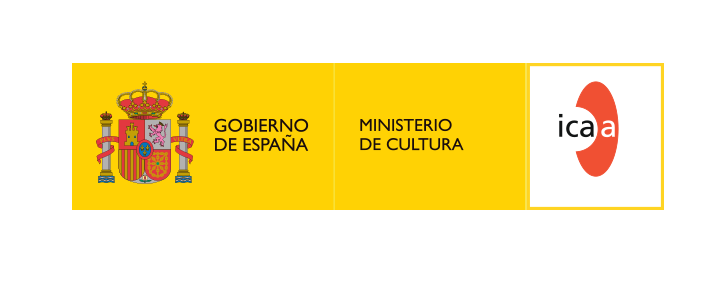YEAR: 2009
ID APARTADO: 22
APARTADO: festival_diary
SUBAPARTADO:
SECCION:
TABLE: 1
ID: 1266
LANGUAGE: in
MAQUETACION:
TITULO:
RULE: 1
Z365" or "Festival all year round" is the new strategic point of the Festival in which converge investigation, accompaniment and development of new talents (Ikusmira Berriak, Nest); training and cinematic knowledge transfer (Elías Querejeta Zine Eskola, Zinemaldia + Plus, Filmmakers' dialogue); and investigation, disclosure and cinematic thought (Z70 project, Thought and Discussion and Research and publications).
Chinese director Lu Chuan’s film City of Life and Death reflects one of the cruellest and most bloody moments of the Sino-Japanese War with the fall of what was then the Chinese capital Nanking when the most horrendous murders, rapes and atrocities took place. With his film Chuan aims, “to draw attention to the greatest massacre in the world, which is hardly mentioned at schools and universities in Japan.”
One of the most striking features of the film is that it is shot in wide-lens black and white. The director claimed, “I didn’t want the natural colour of blood to appear as a sign of respect for the thousands of people who died in this battle. ”Another of the features that characterises the film is that it alternates between the viewpoints of both sides. It is precisely the fact that it includes the point of view of the Japanese that has led to the film to be criticised in China. “Many people think that the Japanese were sadistic monsters and they haven’t been able to accept that I have made them more human. However I think that this was the only way to make an objective independent film”.
The film also shows how John Rabe, a Nazi businessman managed to save the lives of thousands of women, children and old people who took refuge in the safety zone that he had established in the city.
Monday to Thursday: from 9:00 a.m. to 3:30 p.m.
Fridays: from 10:00 a.m. to 2:00 p.m.




